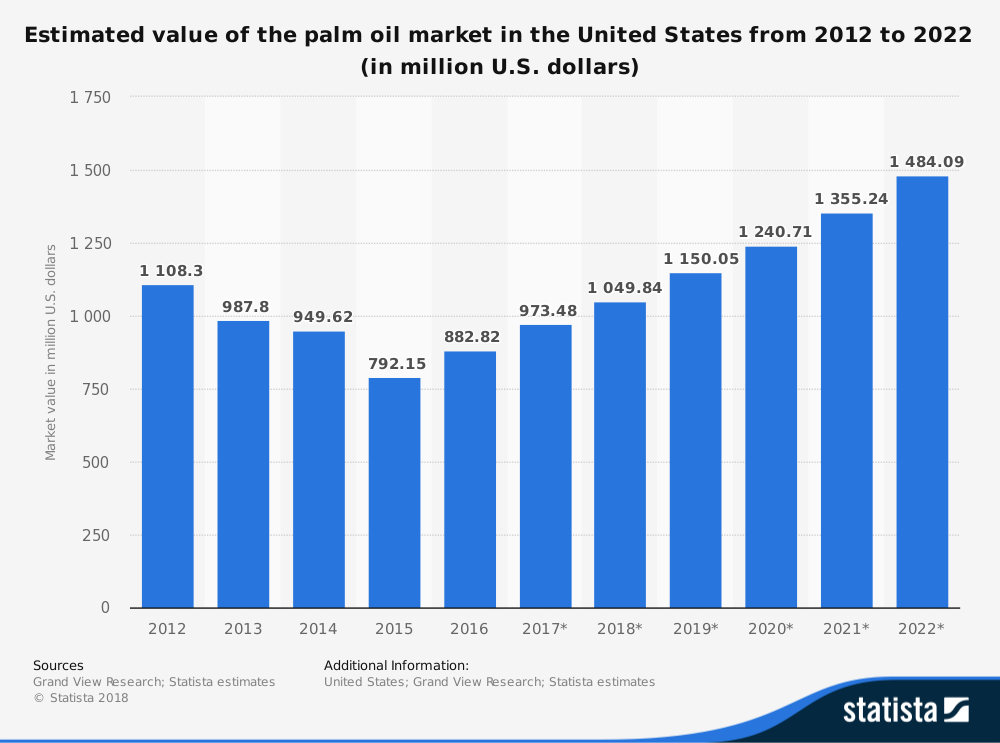In September, multiple news outlets reported Michael Kors’ move to buy Italian fashion house Gianni Versace for about €2 billion ($2.35 billion). The acquisition marked one of the first attempts by an American fashion company to run a high-end European brand.
Michael Kors was known for “affordable luxury”. Despite the CEO’s working background in fashion brand, the brand is widely popular among investors and fans for its handbags that are no less than $500. Versace, on the contrary, sells clothes and bags with the price of no less than $1500. The Italian fashion brand is best known for proactive designs and its popularity among high-profile movie stars. However, the revenue of Versace stagnated at roughly €700 million in 2017.
Donatella Versace, Versace’s chief designer, said MK could help her company to develop the accessories business and provide them with the expertise in digital commerce. Michael Kors said in an announcement that they expected Versace to grow to $2 billion in annual sales, while still targeting at the luxury part of the brand.
The stock of Michael Kors, which has gained more than 45 percent in the past year, fell 8.2 percent on Sept. 24 after the publication of reports about the deal. Private equity firm Blackstone Group, which bought a 20 percent stake in the firm four years ago, announced that it would sell its holding.
Traditional fashion companies are facing the threat of rising fast fashion brand, which produce clothes, bags, accessories year around at a surprisingly cheap price. The increasing online shopping choices are also squeezing the traditional brands out. Meanwhile, they have to compete against each other.
Last year Michael Kors bought Jimmy Choo, a shoe brand, for $1.2 billion, aiming to forge a “global fashion luxury group”, as said by its chief executive John Idol.
There were a handful of precedents to form luxury conglomerates in the fashion industry. Both LVMH and Kerring, the French holding companies, own more than a dozen brands each and have been growing faster than U.S. competitors. Last year, Coach joined the acquisition game and bought Kate Spade and changed its name to Tapestry to portray itself as a holding company.
The Wall Street Journal predicted that more M&A cases in luxury brands could follow, since “deteriorating sales provide an incentive to cash out”.

